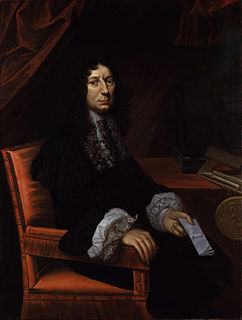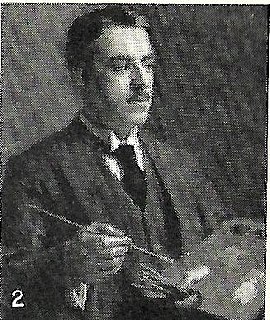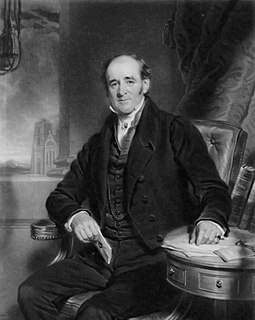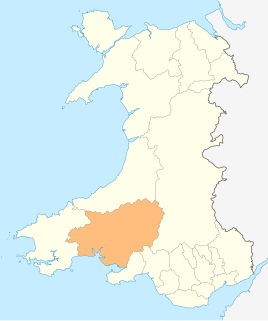
Cowbridge is a market town in the Vale of Glamorgan in Wales, approximately 7 miles (11 km) west of Cardiff. Cowbridge is twinned with Clisson in the Loire-Atlantique department in northwestern France. Cowbridge is part of the Cowbridge with Llanblethian community which elects a Town Council.

Sir Leoline Jenkins was a Welsh academic, diplomat involved in the negotiation of international treaties. jurist and politician. He was a clerical lawyer who served as Judge of the High Court of Admiralty from 1668 to 1685.

Sir William Nott was a British military leader in British India.

Thomas George Bonney was an English geologist, president of the Geological Society of London.

Sir John Morris-Jones was a Welsh grammarian, academic and Welsh-language poet.

Sir John Rhys, was a Welsh scholar, fellow of the British Academy, Celticist and the first Professor of Celtic at Oxford University.
Cowbridge Grammar School was one of the best-known schools in Wales until its closure in 1974. It was replaced by Cowbridge Comprehensive School.

George Butler was an English schoolmaster and divine, Headmaster of Harrow School from 1805 to 1829 and Dean of Peterborough from 1842 to his death in 1853.
Ysgol Friars is a comprehensive school in Bangor, Gwynedd, and one of the oldest schools in Wales.

Hugo Daniel Harper was Principal of Jesus College, Oxford, from 1877 to 1895.
The Wales national Under 18 rugby team is for Welsh rugby union players aged 18 or under on January 1 of the year during which they are selected.
Rupert Hugh Morris was a Welsh clergyman and antiquarian, who was principal of Carmarthen Training College from 1869 to 1876 and headmaster of Godolphin School from 1876 to 1884. He then spent ten years as chaplain to the Duke of Westminster, before his final position as vicar of a church in Pimlico.
John Walters was a Welsh Anglican priest and poet.

Carey Morris was a Welsh painter, illustrator, author and businessman born in Llandeilo, Carmarthenshire.
Evan Evans was a Welsh language poet, clergyman, antiquary and literary critic.
Morris Meredith Williams (1881–1973) was a British painter and illustrator.
Sir John Maldwyn Thomas, was a Welsh company director and Liberal Party politician.

William Bruce Knight (1786–1845) was Dean of Llandaff from 1843 until his death.
Siôn Dafydd Rhys, in Latin Joannes David Rhaesus, also called John David Rhys, or John Davies, was a Welsh physician and grammarian. He wrote the first Welsh grammar in Latin, published in 1592.

















